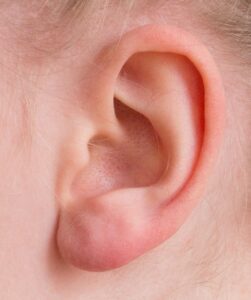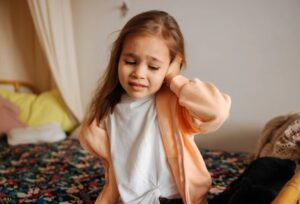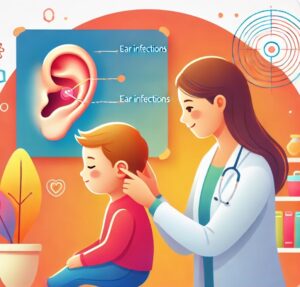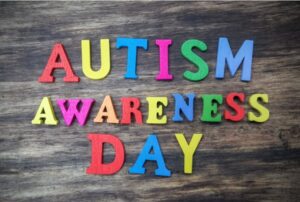Here are some methods and recommendations for treating a child with an ear infection:
Medical Diagnosis
- See a Doctor: If you suspect your child has an ear infection, take them to see a doctor immediately. The doctor will use an otoscope to examine the child's ears to confirm the presence of an ear infection.
- Diagnosis: The doctor may assess the presence of fluid in the ear and the condition of the eardrum to diagnose the type and severity of the ear infection.
Medication
- Antibiotics: If the ear infection is caused by a bacterial infection, the doctor may prescribe antibiotics. Be sure to complete the entire course of antibiotics as directed by the doctor, even if the child feels better before the medication is finished.
- Pain Relievers: Medications such as acetaminophen (Tylenol) or ibuprofen (Advil) can help relieve pain and reduce fever. Use the appropriate dosage based on the child's age and weight.
- Ear Drops: For some ear pain, the doctor may prescribe topical ear drops to reduce pain and inflammation.
Home Care
- Keep the Head Elevated: Keeping the child's head slightly elevated can help the fluid in the ear drain, relieving pain.
- Warm Compress: Applying a warm compress to the child's ear can help reduce pain and discomfort.
- Keep Ears Dry: Avoid getting water into the child's ears, especially during treatment. Use earplugs or cotton balls when bathing.
Preventive Measures
- Avoid Smoking Environments: Secondhand smoke increases the risk of ear infections, so avoid exposing the child to smoking environments.
- Maintain Hand Hygiene: Frequent hand washing can reduce the risk of spreading infections.
- Timely Vaccination: Vaccinations for flu and pneumonia can help reduce infections that may lead to ear infections.
Regular Follow-ups
- Follow-up Visits: Ensure to follow up with the doctor as recommended to confirm that the ear infection has completely healed and to avoid recurrence or complications.
These measures can help effectively manage and treat your child's ear infection, reduce pain and discomfort, and promote quick recovery. If you have any concerns or if symptoms worsen, consult your doctor promptly.
Reference:
- American Academy of Pediatrics (AAP): American Academy of Pediatrics. (2016). Ear Infections in Children. Retrieved from HealthyChildren.org.
- Mayo Clinic: Mayo Clinic Staff. (n.d.). Ear infection (middle ear) in children. Mayo Clinic. Retrieved from Mayo Clinic Website.
- WebMD: WebMD Editorial Contributors. (n.d.). Ear Infections. WebMD. Retrieved from WebMD Website.
- Centers for Disease Control and Prevention (CDC): Centers for Disease Control and Prevention. (2020). Ear Infections. Retrieved from CDC Website.












